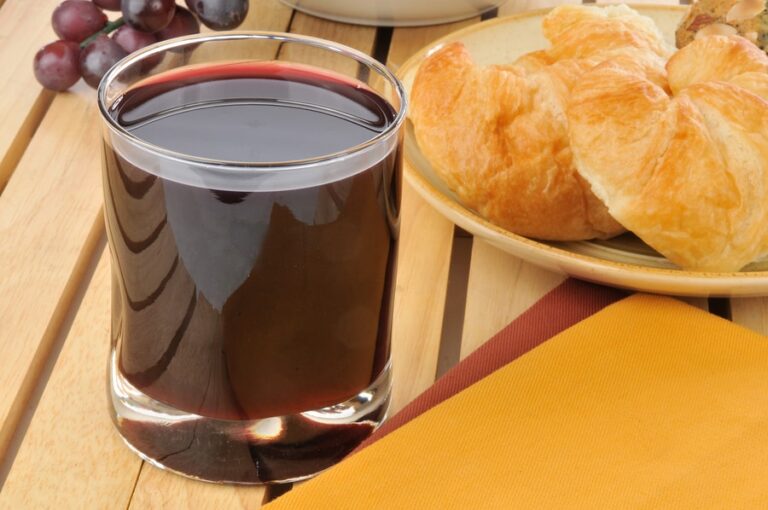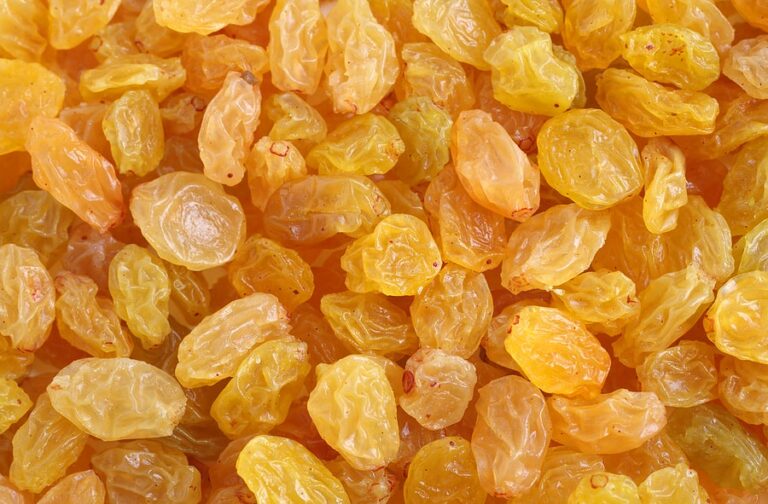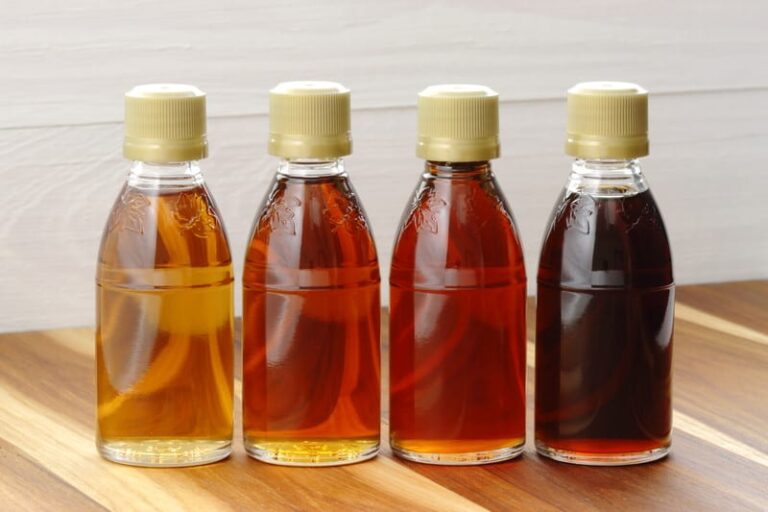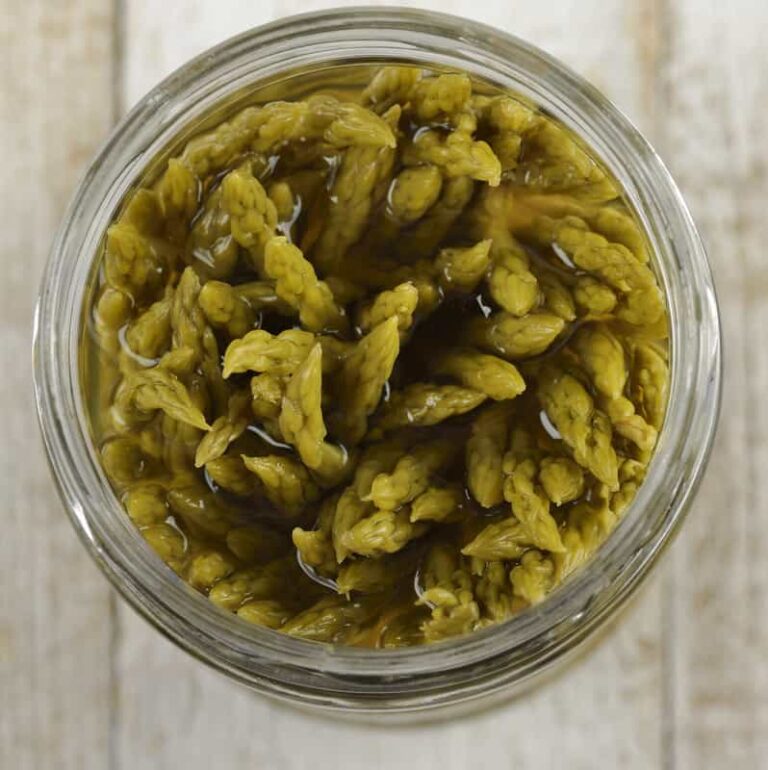How to Can Pasta Sauce for Beginners
 A tomato-rich sauce for pasta is a variation on a theme. You know your favorite pasta sauce and when the tomato harvest comes in summer, you have the opportunity to can your favorite tomato-based sauces for the year to come and capture the flavors of summer.
A tomato-rich sauce for pasta is a variation on a theme. You know your favorite pasta sauce and when the tomato harvest comes in summer, you have the opportunity to can your favorite tomato-based sauces for the year to come and capture the flavors of summer.
There are quick ways to put up pasta sauce and there are less quick ways. What’s the difference?
If you take a bit more prep time—mostly to roast garlic cloves and bake sweet peppers—you will capture their full, mellow flavors. The alternative is simply and quickly to sauté the garlic and peppers. (And you can also sauté and add onions and mushrooms—that’s the variation on the pasta sauce theme.)
The recipe here will take you on the full 4 or so hour journey to a full-flavored sauce, but I will also give you the shortcuts to get the job done quicker.
Canned Pasta Sauce
Yield 6 pints
Ingredients
- 6 bulbs garlic (if you sauté the garlic rather than roast it, you will need 4 cloves garlic minced)
- 3 tablespoons olive oil
- 12 pounds ripe tomatoes, that’s about 25 medium-sized tomatoes
- 4 medium red, yellow and or green sweet peppers, halved and seeded—or 1 cup chopped celery (optional)
- ⅔ to ¾ cup chopped onions (optional)
- ⅔ to ¾ pound fresh mushrooms, sliced (optional)
- 3 tablespoons packed brown sugar
- 2 tablespoons kosher salt or 4 teaspoons salt
- 1 tablespoon balsamic vinegar
- 1 teaspoon freshly ground black pepper
- 2 cups lightly packed fresh basil leaves, chopped, or 4 tablespoons minced parsley
- 1 cup lightly packed assorted fresh herbs—oregano, thyme, parsley, basil
- 6 tablespoons processed lemon juice
Instructions
- Bake (roast) garlic and peppers: Preheat oven to 400°F. Remove the dry outer layer of skin from the garlic bulbs. Cut off ½ inch from pointed portions of the bulbs. Place the bulbs, cut sides up, in a small casserole. Drizzle 1 tablespoon of olive oil over the bulbs. Cover casserole.
- Halve and seed the peppers. Place the peppers, cut sides down, on a foil-lined baking sheet; brush with remaining 2 tablespoons olive oil.
- Bake the garlic and peppers 40 to 50 minutes or until pepper skins are charred and cloves of garlic are soft.
- Cool the garlic bulbs on a wire rack until cool enough to handle.
- Pinch the foil sheet to fully enclose the peppers and let them stand 15 to 20 minutes or until they are cool enough to handle.
- Remove the garlic cloves from the bulbs squeezing the bottoms of the bulbs. Place cloves in a food processor.
- Wash the tomatoes then dip them in boiling water for 30 to 60 seconds or until their skins split. Plunge the tomatoes in cold water and slip off the skins. Remove the cores and quarter and then chunk the tomatoes.
- Add a few chunked tomatoes to the food processor with the garlic, cover, and process until the tomatoes are chopped.
- Sautéed vegetables option (requiring less time): Sauté onions, garlic, celery or peppers, and mushrooms (if desired) in olive oil or vegetable oil until tender.
- Combine the tomatoes and garlic and peppers or sautéed garlic in a 7- to 8-quart stainless-steel, enamel, nonstick heavy kettle or pot. Chop the remaining tomatoes in batches in the food processor and then add them to the pot.
- Add the salt, black pepper, and sugar to the pot. Bring to a boil. Simmer uncovered for 40 to 50 minutes or until the starting volume has been reduced by nearly one-half. (It will be thick enough for serving.) Stir frequently to avoid burning.
- When the sweet peppers are cool enough to handle, peel off their skins. Chop the peppers and then add them to the tomato mixture (or add the sautéed peppers and mushrooms now). Simmer for 10 minutes more. Remove the pot from the heat and stir in the fresh herbs.
- Spoon 1 tablespoon processed lemon juice into hot, sterilized pint canning jars. Ladle the hot sauce into jars leaving a ½ inch headspace.
- Run a thin non-metallic utensil around the inside of the jar checking for air pockets and allowing air to escape; add more sauce if necessary.
- Wipe the jar rims with a clean towel, set the lid in place then screw on the metal ring until snug not tight.
- Process filled jars in a boiling-water canner for 35 minutes. Make sure the jars are covered by 1 inch of water. Start timing when water returns to boil.
- After 35 minutes turn off the heat and leave the jars in the water for a few minutes.
- Remove the jars from the water and let cool completely on a wire rack or a folded kitchen towel.
- Check the seals, label the jars. Store the jars in a cool place. The sauce will keep for up to 1 year.







